The Purpose of Communication with Non-Muslims
We spoke in a previous article, and we will continue to consider in subsequent articles, about the difficulties in communication between the Islamic and other civilizations. In this article we wonder: What is the purpose of communication?
The purpose of this particular form of communication is to search for points of convergence through logic, reason and understanding. It looks to reach a common ground, based on mutual interests, that reveals the falsity of bigotry deposits that distort the image of Islam and Muslims. The other purpose is acculturation and intellectual cross-fertilization, which creates a mutual effect. This replaces the haughtiness and superiority, exuded by a large sector of leaders of free thought in the West, with that of tolerance. Their approach can be summarized in the exclusion of the other, as explained by the French writer Sophie Bessis in her book TheWest and Others.
Thus, our purpose is also to alleviate the extremism of those calling for a clash of civilizations. We hope to remove the prevailing image of a Muslim sector that considers the entire West ‘a devil’ whose friendship is impossible and all his notions refutable, even if they might be useful to humanity.
As a result of the West’s outward perception of haughtiness, western civilization endeavors to impose its vision on others, failing to recognize the right of diversity and difference. Whoever does not accept such a vision is considered to belong to the camp of ‘evil’, because the world is so simply divided into those two camps; good and evil. This is the basis on which the idea of clash of civilizations is founded. Such an idea considers Islam to be the only civilization which still resists western containment and modernity, as stated by Fukuyama who resembles Samuel Huntington’s opinion in this regard.
The suggestion of the ‘inevitability’ of a clash of civilizations as a result of diversity is merely proof of the failure by one of the two civilizations to recognize this right of diversity. Such a right would be the basis for dialogue and a means to know one another. Thus, the concept of communication proceeds to face the concept of a clash. Some western bodies have invented what they called “critical dialogue” with some countries.
The ultimate goal of dialogue and communication is to create a breach in the wall of this extremist visualization. Without this breach, such extremes will only breed further radicalism and clashes. As the saying goes: “he who sows the wind reaps the whirlwind.” The clearest example of this contrast is the attitude of many intellectuals in the West regarding the cartoons aimed to harm the image of our master, the Prophet Muhammad (peace and blessings of Allah be upon him). If they do not support the abuse openly, they resent the reaction of the Muslim world and consider what the newspaper has done to be normal or freedom of expression. The violent behavior, however, of some Muslims in reaction to this incident does not serve the cause of communication.
The process of communication will try to overcome the cultural and psychological barrier by extending bridges between civilizations to make alternatives available, instead of the perpetual and sterile conflict. What are the next steps? These five steps will be considered in another article.
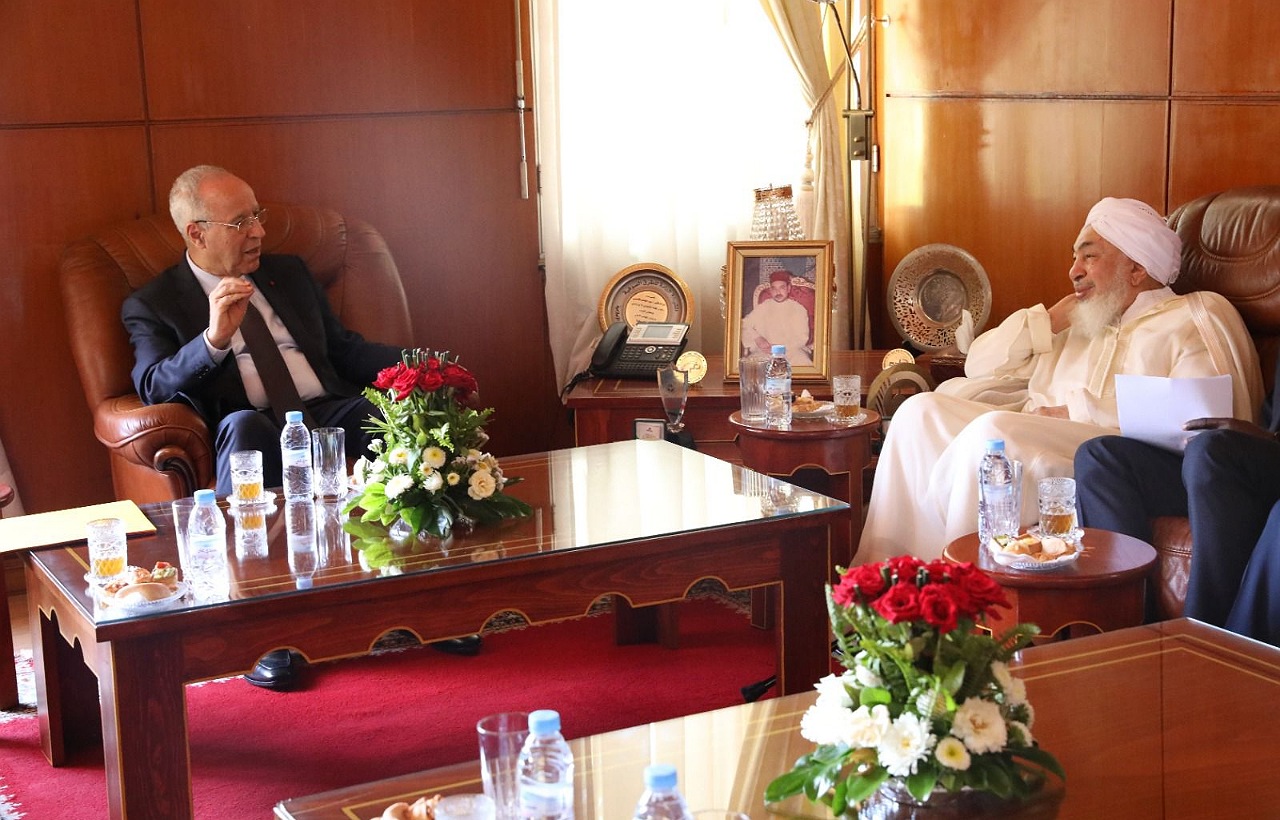
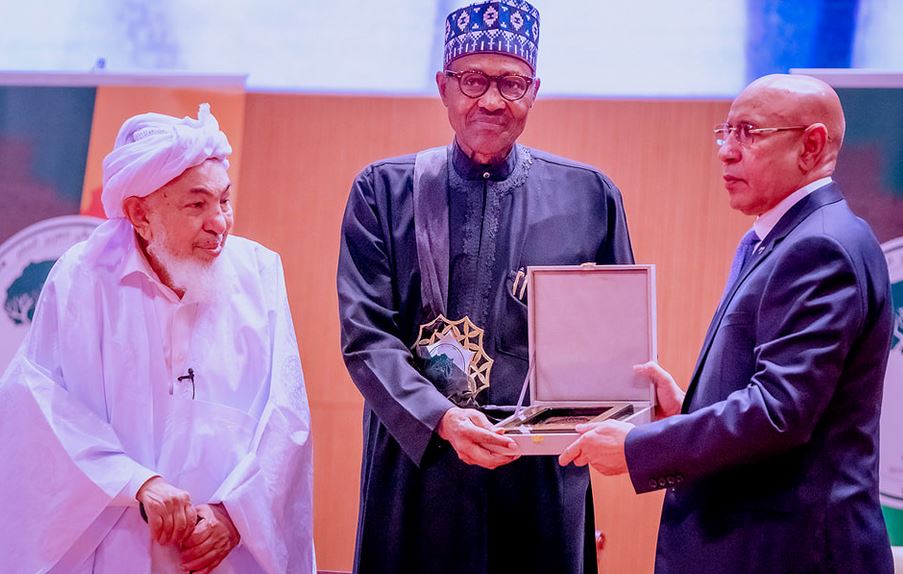
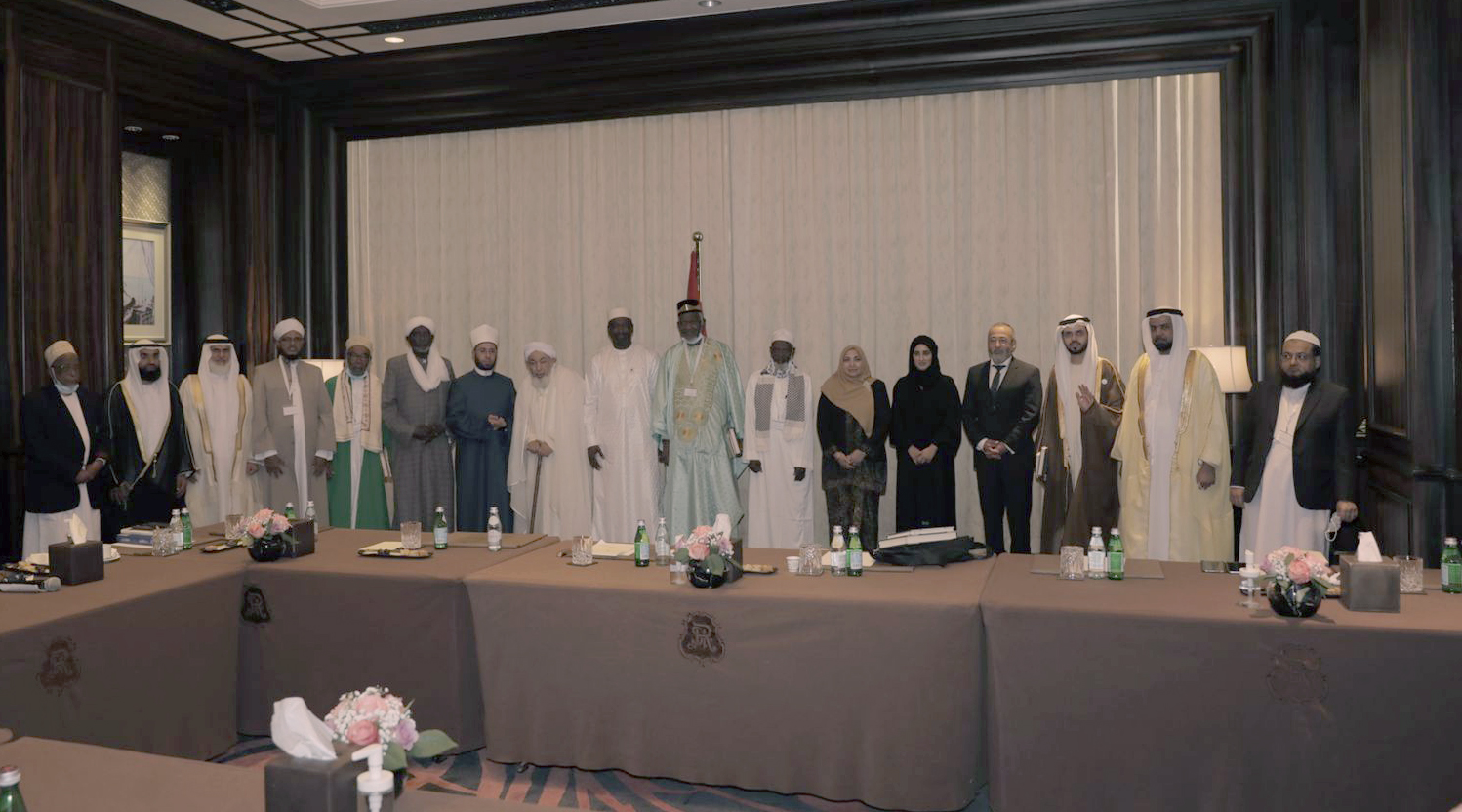
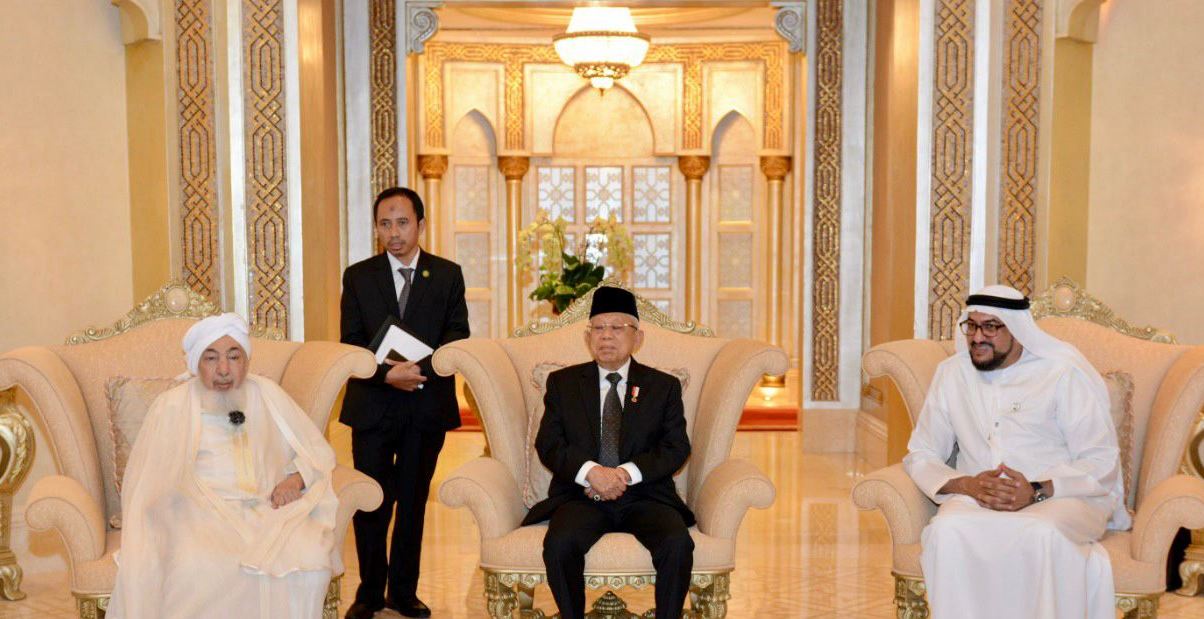
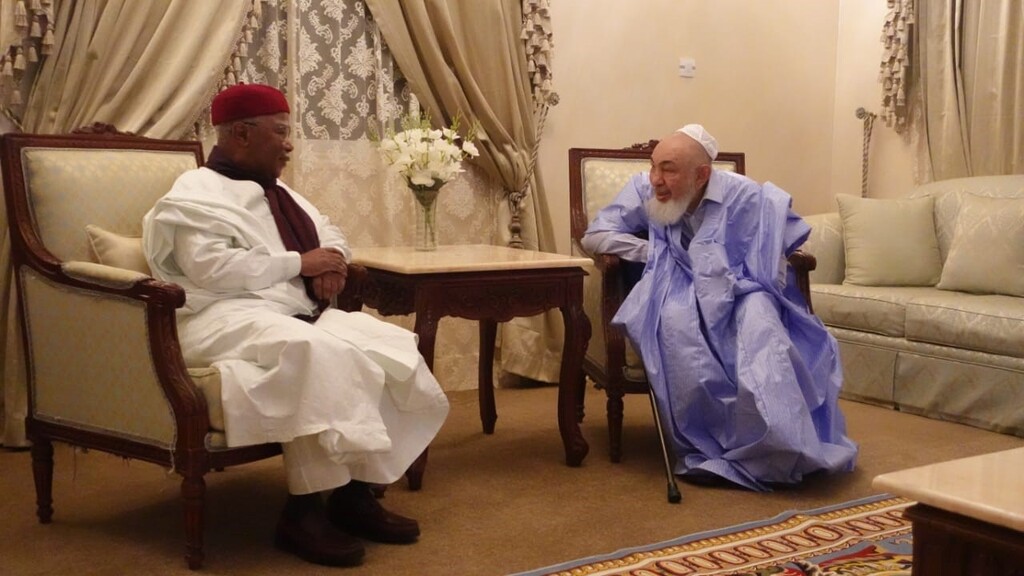

I’ll right away take hold of your rss as I can’t find your e-mail subscription hyperlink or newsletter service. Do you have any? Kindly let me realize so that I may just subscribe. Thanks.
We will create an e-mail subscription soon. Thanks
I really love Sh. Bin Bayyah. Since I first heard his speech on Muslims Living in Non-Muslim Lands in ’99. Then when I was fortunate enough to see him in 2001 at Zaytuna. Last year, I met him again at his sons home in Jeddah. I wish I could of told him I love him and I wrote my master thesis on his ’99 speech on ‘facilitating for women’ as a pastoral concern of our Beloved Prophet. This article is a wonderful glimpse at the ornaments on his goodly tree.
Thank you; I greatly look forward to reading the future articles.